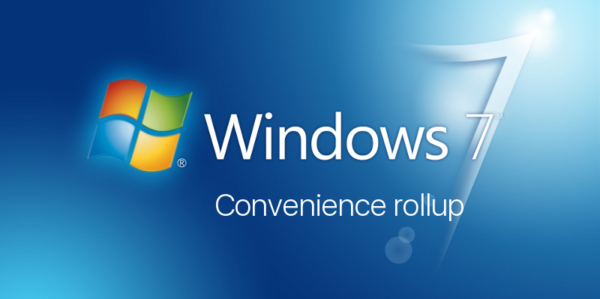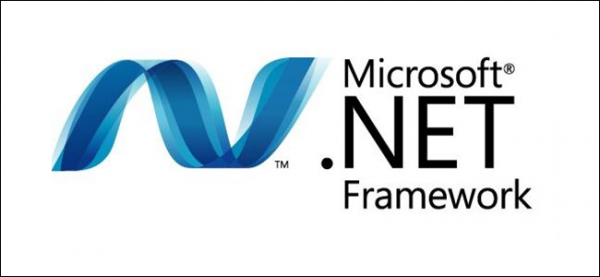Yesterday, Microsoft announced a change in Windows servicing that introduces a rollup model for updates. It will reduce the number of updates available for Windows 8.1 and Windows 7 and combine them into a single monthly rollup. Each month's rollup will be cumulative but they will release express packages on Windows Update to keep the download size small for those who have already installed the previous month's rollup. With a single rollup they aim to eliminate update fragmentation.
Advertisеment
 Historically, Microsoft has released individual patches for Windows 7 SP1, Windows 8.1, Windows Server 2008 R2, Windows Server 2012, and Windows Server 2012 R2. This resulted in fragmentation where different PCs could have a different set of updates installed leading to various potential problems.
Historically, Microsoft has released individual patches for Windows 7 SP1, Windows 8.1, Windows Server 2008 R2, Windows Server 2012, and Windows Server 2012 R2. This resulted in fragmentation where different PCs could have a different set of updates installed leading to various potential problems.The new rollup model combines multiple patches into a single update. This will allow users and system administrators to keep their systems up to date with fewer updates. You will not need to install a large number of updates any more.
Starting from October 2016, Windows Update will deliver a single Monthly Rollup update that addresses both security issues and reliability issues in a single package. The Monthly Rollup will be published to Windows Update (WU), Windows Server Update Services, System Center Configuration Manager, and the Microsoft Update Catalog. Each month's rollup will supersede the previous month’s rollup, i.e. a Monthly Rollup for November 2016 will also include all updates for October besides new updates and so on. Devices that have this rollup installed from Windows Update or WSUS will utilize express packages, keeping the monthly download size small.
Over time, Monthly Rollup will include patches which have been released in the past. It will become a fully cumulative update and you only need to install the latest single rollup to be up-to-date.
Also from October 2016 onwards, Windows will release a single Security-only update. This update will include all of the security patches for that month into a single update. Unlike the Monthly Rollup, the Security-only update will only include new security patches that are released for that month, so it will not be a cumulative security patch. This package will be notably smaller than the Monthly Rollup.
But Microsoft is not going to release the Security-only update through Windows Update. It will be available to download and deploy from WSUS, SCCM, and the Microsoft Update Catalog. The main purpose of this security package release is to allow enterprises to download as small of an update as possible while still maintaining more secure devices.
 The .NET Framework will also follow the Monthly Rollup model with a monthly release.
The .NET Framework will also follow the Monthly Rollup model with a monthly release.
Finally, the Microsoft Update Catalog website is being updated to remove the ActiveX requirement. It will be possible to use it in any browser you want. As you may already know, currently Microsoft Update Catalog requires that you use Internet Explorer. The upcoming site version fixes this issue. (via Nathan Mercer)
What do you think about this change? Do you like the Monthly Rollup release model?
Support us
Winaero greatly relies on your support. You can help the site keep bringing you interesting and useful content and software by using these options:


I don’t think I need to explain why I’m concerned by this, it’s an all or nothing affair. You take all the fixes, or none of them.
And if one of them causes problems?
Whelp. Too bad for you, guess you’re not allowed to get any updates. Hope you don’t mind things being broken!
MS conveniently slips in another update nobody wants? Well, now you either have to accept it or you don’t get any updates.
A brief glance aside from the endless Silverlight spam I’ve blocked 10 updates for Windows 7.
Now granted, some of them aren’t perhaps a huge problem for most. 3 of them were adopting a more Metro styled aesthetic to various UI elements with while arguably aesthetically unappealing wasn’t a major problem. 5 were related to the desperate need to shove Windows 10 down everyone’s throats which thankfully shouldn’t be a concern going forward.
That still leaves two updates that very few people would want however, one that simply removed existing functionality for no good reason other then that it was deprecated in Win10 and apparently this means no one should be able to use it regardless of what OS their on and another that pushed the much more comprehensive Win10 telemetry tracking to monitor usage, no one seems to be particularly pleased with that one.
Whether you look at it as two, or ten undesirable updates those are still updates I feel my experience is improved by now accepting. Updates that under their new policy I would have had no choice but to accept if I wanted any updates at all.
The benefits here are clear, Windows Update is perpetually half broken and Microsoft is either unable or unwilling to fix it so it can take weeks to actually find what updates are available for a new install.
I’m inclined to doubt that they couldn’t fix this permanently if they really wished to… but regardless, this should resolve that problem with far fewer updates needed checking for installing updates will be substantially quicker and easier.
For many users that is a great thing.
But it comes at the cost of allowing Microsoft to decide what is installed, you no longer get any choice. And I don’t trust Microsoft to do that. They’ve more then adequately displayed to me that they have very little interest in my user experience, whether the OS works, whether the functionality remains available, whether crapware is installed on my computer etc.
They have their own goals, and those goals are very far detached from creating a positive user experience.
At least the Security only update will -probably- remain free of any significant undesirable updates, it’s an irritant that it won’t be available on Windows Update but well… I guess they can’t make it too easy to maintain some bare minimum level of control over your own computer.
I’ll still be cautiously reading what those updates actually do before installing.
As for the rest… well, I have very little doubt MS will waste any time in reissuing their previous detrimental updates…. and if Windows 10 is even the slightest indication, they would love to issue far far more of them now that fewer people will block them.
I think those updates may have to wait a week or two post-release until I’ve had the opportunity to check what they actually do, and whether anyone else has found any hidden surprises.